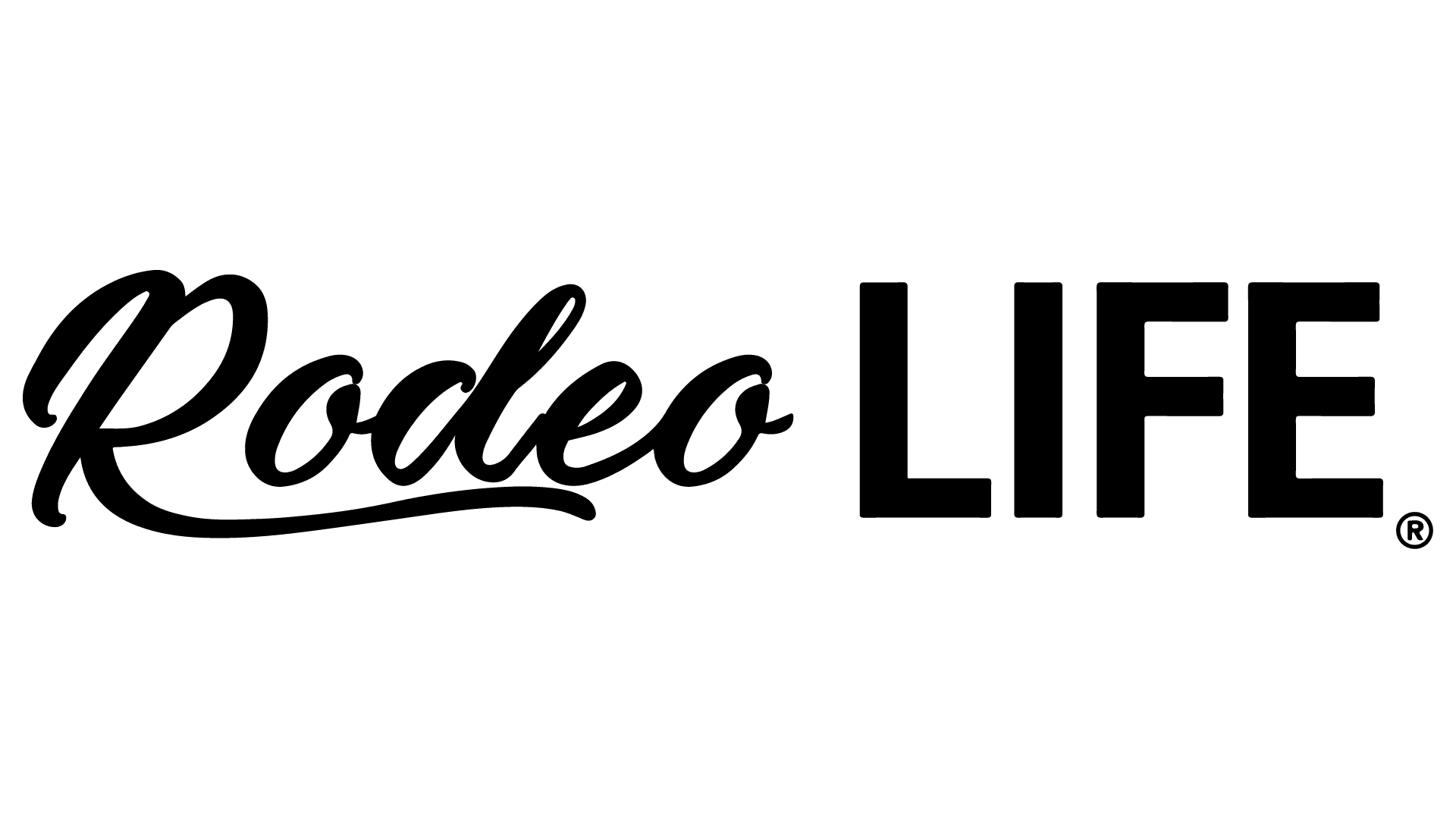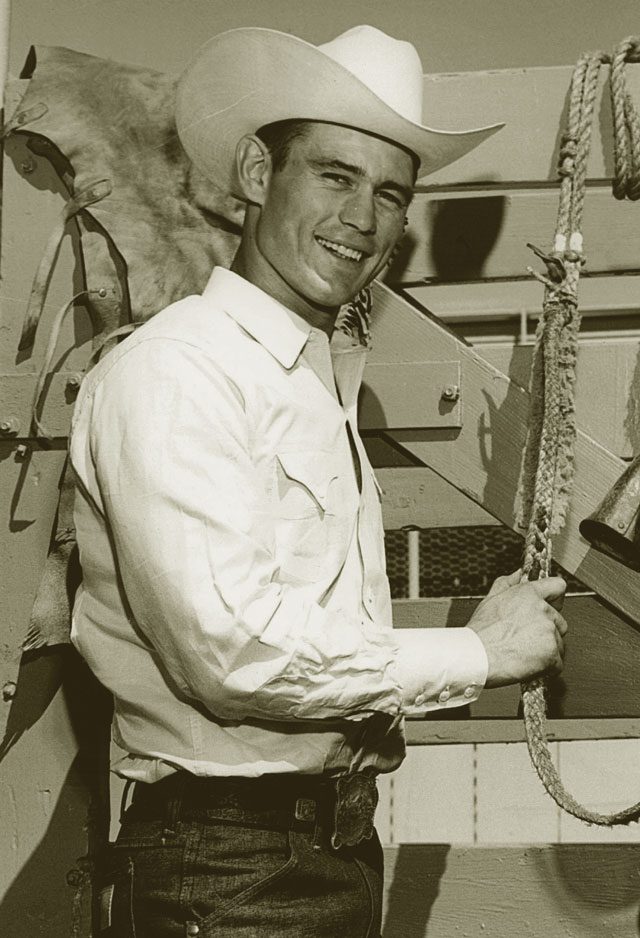story by Lily Weinacht
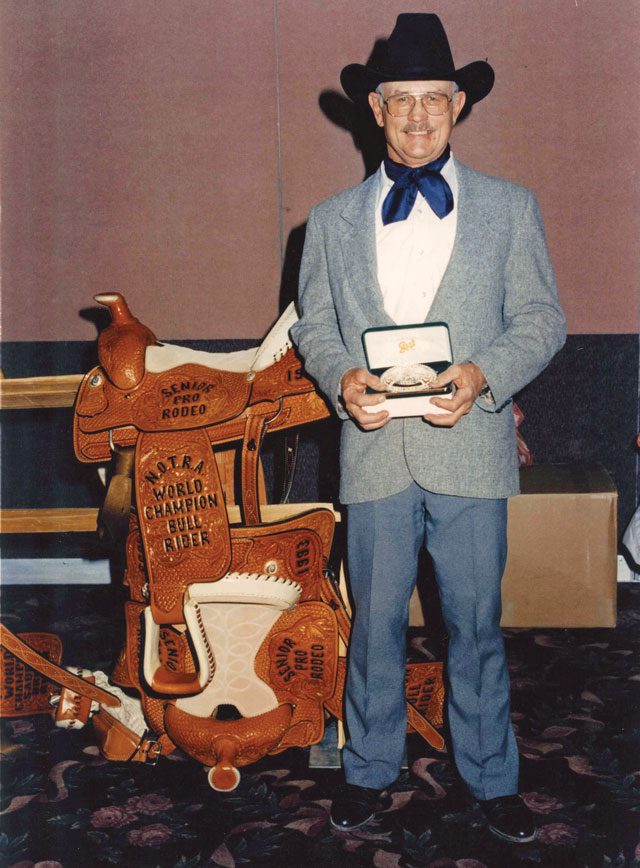
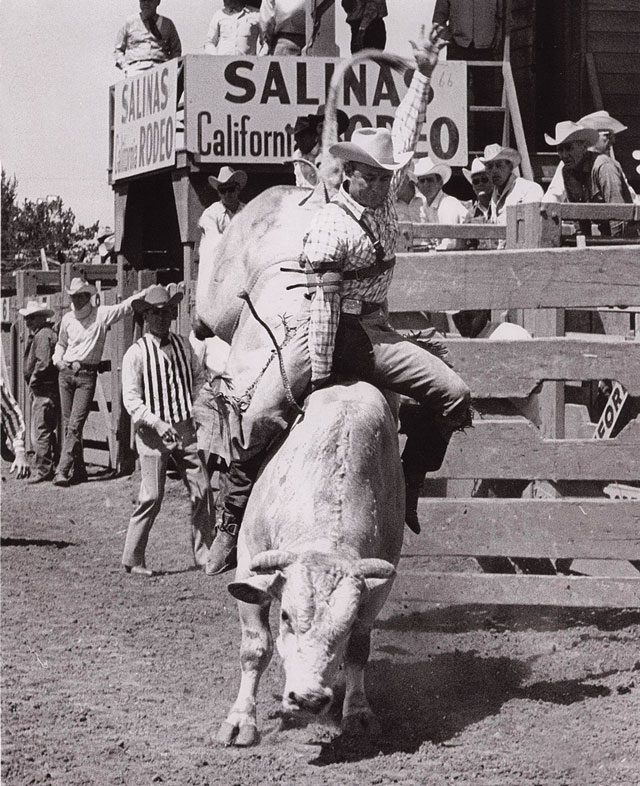
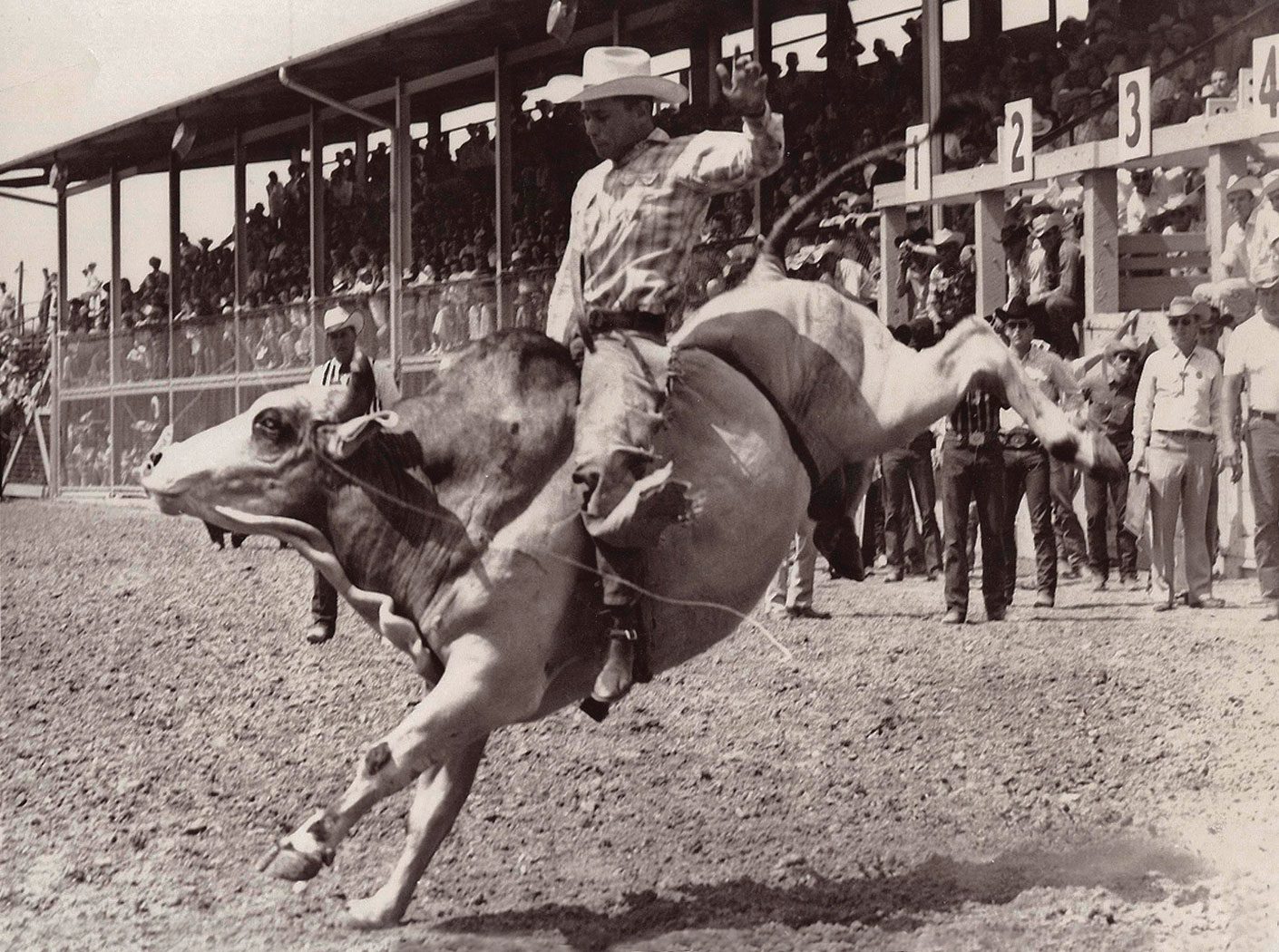
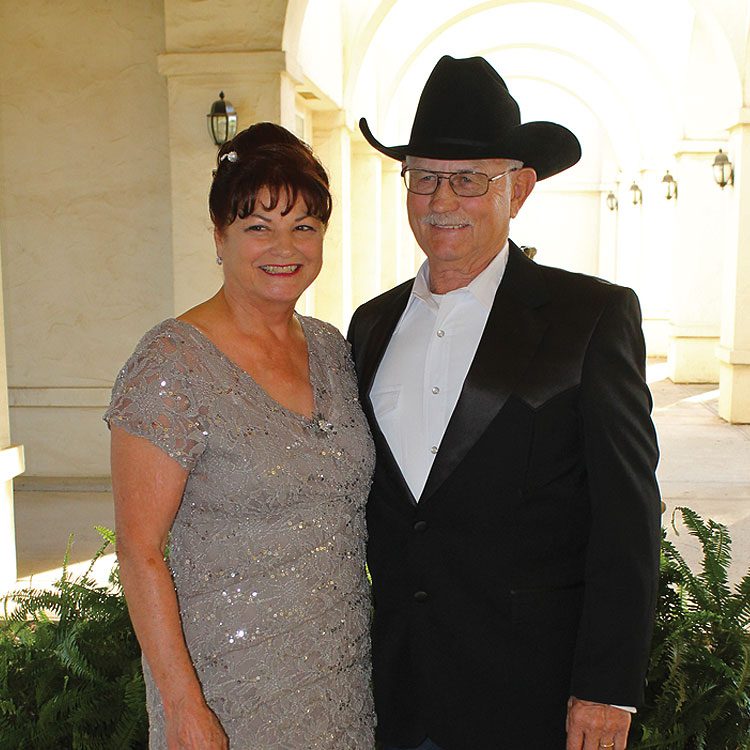
Dr. Ed LeTourneau has always been young at heart. Described by Larry Mahan as the “most unusual of cowboys”, Ed put himself through eight years of college on his rodeo earnings alone, all while competing in college rodeo and the newly formed RCA. Known for turning the area behind the chutes into study hall, Ed pursued his passions of school and rodeo with a vigor, graduating top of his class. The three-time NFR qualifier and great-nephew of earthmoving machinery inventor R. G. LeTourneau, Ed later went on to win multiple bull riding titles with the NSPRA. He has since been inducted into the UC Davis Cal Aggie Athletics Hall of Fame, Oakdale Athletic Hall of Fame, Oakdale Museum Hall of Fame, and the NSPRA Hall of Fame.
Born on September 18, 1935, to Dorothy and Harlan LeTourneau in San Francisco, Ed preferred dusty arenas to the fog of The City by the Bay, and spent his childhood years first in Stockton, Cal., and then Oakdale. Ed and his older brother, Ray, grew up helping their uncle raise cutting steers before getting to know the foreman of U-3 Ranch, owned by W.H. Moffat. The brothers began fixing fences and irrigating pastures and were later promoted to working cattle on horseback.
Drawn to anything bovine, Ray started riding bulls at the ranch, and then at local rodeos. “Ray was real good at it, so I wanted to be that good, too!” Ed recalls. Four years his brother’s junior, Ed started riding calves and steers and competed in his first rodeo when he was 13. As his legs grew, so did Ed’s sense of adventure, and he tried his spurs at bareback and saddle bronc horses as well. “With the bareback riding, I didn’t have good spurring action, but with bulls I just had to stay on and I could win something,” says Ed. With few high school rodeos in their area, and most of the rodeo associations located in southern California, Ray and Ed dedicated their entry fees to local amateur and junior rodeos.
During high school, Ed was involved in FFA, serving as his chapter’s treasurer his junior year, and president during his senior year. An all-around athlete, Ed also ran the half mile and three-quarter mile in track, played defensive linebacker on his school’s football team, and wrestled, qualifying for North State meets. During college, he wrestled at the national level after winning third in the far western division, but retired from the sport after an injury sidelined him.
When Ed finished high school in 1953, he informed his mother that he was going to be a cowboy – and she informed him that he needed to be a benefactor to society. Not one to turn his back on the chutes, nor disobey his mother, Ed decided to pursue a degree in animal husbandry at Cal Poly. A year later, Ed changed his degree to pre-vet science, and went to a local junior college before being accepted to UC Davis School of Veterinary Medicine in 1958. Though the school didn’t have a rodeo team, Ed purchased his card with the NIRA and qualified for the CNFR in 1961, where he won the finals in bull riding, missing the year-end title by one point. “Most people’s goal in rodeo is to win the world championship, but my goal was to make enough money to go to vet school,” says Ed. “When I went to school, it cost $1,000 a year. I could win money at a rodeo, put it in the bank, and I was ready for school. What I got out of rodeo, besides the people I met and the friends I made along the way, was my education.”
A student by day and a bull rider by the weekend, Ed began entering RCA rodeos in 1957 using his NIRA card. Even with school six days a week – anatomy landing on Saturdays – Ed managed to get on 52 bulls in one season – and he only bucked off two. In 1959, Ed was a year into vet school and taking on the world with all the gusto of a 23 year old. He was hovering just outside of the top 15 bull riders going to the first NFR, but reasoned that he could rodeo on weekends to make 15th place. Ed entered the RCA rodeo in Portland, Ore., first. It was the week of mid-terms, and he and a friend missed a day of school to drive to the rodeo, where Ed won the event. He competed in several more rodeos, including the Grand National Rodeo held in the Cow Palace, which sent him to Dallas sitting 13th in the world.
“The top 15 bulls were out for the first round, and 11 of them got rode,” says Ed, recalling the first NFR. “Some people said there was too much sand in the arena, and although those bulls had bucked 100 – 200 times, they’d never been consistently exposed to the top 15 guys in the world! By the last go-round, they had sorted out the stock and really knew who the top 15 bulls were.” Ed finished second in the average, and fifth for the year, but the following year, he was $150 short of qualifying for the NFR. However, 1961 brought him back to the finals, where he finished fifth in the average and second for the year, and in 1962, his senior year in vet school, he placed second in the average.
By 1962, Ed had graduated with his doctorate of veterinary medicine. Newlywed to his wife, Frankie, Ed accepted an internship at UC Davis. Frankie lived in Dixon, a town near Davis, and when her dad went looking for someone to ride one of his horses, known for bucking off any rider that put their foot in the stirrup, Ed arrived. Not only did he ride the horse, he wooed the rancher’s daughter, and they were married a year later. Frankie travelled with Ed to many of his local rodeos, but she left flying the skies to Ed and his friend and fellow bull rider, Larry Mahan. The bull riders met in 1956 at the rodeo in Salinas, Ca., and Larry offered Ed a seat in his Comanche 250 he called Brownie. “That was the way to go!” says Ed. “It was a really good experience, and the beginning of a good friendship.”
In the mid ’60s, Ed worked for several vet clinics while he rodeoed. Since he was finished with school, he had the opportunity to rodeo in the winter for the first time. In September of 1967, he was sitting fourth in the world, but a dislocated shoulder prevented him from competing in the NFR, though he finished 11th for the year. “After that, I went into my own vet practice in Oakdale and figured rodeo was over,” says Ed. He became the resident vet for a large thoroughbred farm in Madera before moving on to a quarter horse ranch in Oakdale, and eventually, he set up his own practice from his home in Madera.
While he was practicing in Oakdale, his childhood home, Ed decided to grow a beard and wear a straw hat to ride one of the bulls during the town’s centennial celebration in 1971. “I hadn’t ridden in four years, but I won the rodeo, and I was also doing some team roping,” says Ed. “In 1980 I had Bob Cook calling me – they needed bull riders for the old-timers rodeo.” Though not enthusiastic at first, Ed agreed to help his friend and ended up winning third in the old-timers rodeo, which would later become the NSPRA. Though his bull riding muscles were sore, they ached to ride again, and Ed trained for bull riding once more, joining the NSPRA again in 1989. He won the World Bull Riding Championship four times from ’91 – ’94 and was crowned the Bull Riding Finals Champion twice, all after he was 50. Ed rodeoed well into the late ’90s, serving several terms on the NSPRA board and volunteering as chairman of the NSPRA Cowboy Crisis Fund. He gave his final nod in the chutes when he was 64 before retiring from the sport.
Now 80, Ed and Frankie, make their home in Madera. Their two sons – David, a pilot for American Airlines, and Brett, who owns an almond orchard – live nearby, along with Ed and Frankie’s granddaughters, Amy and Cady. Ed recently retired after 53 years as a veterinarian, but he says, “Retirement doesn’t work well – I still have people coming to my clinic. But I still enjoy it! The drought got me, but I’m planning on raising cattle again, and I’m back to team roping, mostly at local events – but maybe I’ll rope in the World Series someday. I figure if I can ride a bull at 60, I’m not too old for anything!”
